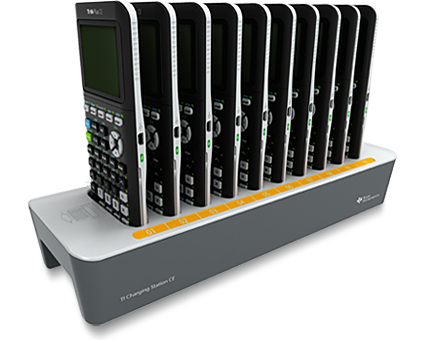

Now when you choose Str1 and press enter, it will put out THIS IS FUN. For example, type "THIS IS FUN"→Str1 and press enter. When storing a string, be sure you type your message between quotation marks (alpha, +), otherwise the calculator will see the letters as values in stead of a text. Now alpha is locked until alpha is pressed again. When typing texts it will be really annoying having to press alpha every time you want to type a letter. Strings can be stored just like values, only strings aren't numbers, but texts. Strings Strings can be found by pressing vars and then choose Strings (or press 7). If you press ABC it will put out 324 (18x3圆). Now give B the value of 3 (3, sto>, B) and type A, /, B, sto>, C, enter. Now you stored A times 2 as A, so if you now press A, enter, your calculator will put out 18. You can do this with all letters and theta (alpha, 3). For example, press 9, then the sto> key and then A. You can select them by pressing the green alpha key and then choose a letter. Values Values are the green letters on your calculator. If you want to store a variable, first type the value you'd like to give it, then the arrow and then the variable. The sto> key When you press the sto> key, an arrow will appear on your screen.

These variables can be stored by the sto> key. The main variables are values, strings and lists. If you do so, be sure you put a Return command at the end of the subroutine program. (place here the name of the subroutine program) in stead of Goto. I use Lbl and Goto a lot, but every time I use these, you can also place everything you would place under the Lbl in an other program and in the main program use prgm. Other command's I really love to use, such as Lbl, Goto, Input and Output(, because I think these are really handy. A lot of the command's in this list I never use, such as GetCalc(, Get( and Send( because I never connect my calculator to an other calculator. By choosing a program here you can call this program as a subroutine. Send( Sends a variable to CBL 2 or CBR Exec will show you all programs you have made yet except of the program you are editing. Get( Gets a variable from CBL 2 or CBR B. GetCalc( Gets a variable from an other TI-84 Plus (SE) A. getKey Checks the keyboard for a keystroke 8. Output( Displays text or value at specified position 7. Disp Displays text, value or the home screen 4. Prompt Prompts for entry of variable values 3.

Input Enters a value or uses the cursor 2. GraphStyle( Designates the graph style to be drawn I/O will show you these command's (pic. DelVar Deletes a variable from within program H. DS<( Decrements and skips if less than C. IS>( Increments and skips if greater than B. Pause Pauses program execution until enter is pressed 9. Else Executes commands when 'If' is false 4. Then Executes commands when 'If' is true 3. Under prgm you'll find three tabs: CTL, I/O and EXEC. Here you can find almost every command the calculator knows. If you can't find a command I'm using, press 2nd and then 0.

Most command's can be found under the prgm key when editing a program, but not every command. You need to know a bit of how command's in BASIC program language work, so here are the most used command's explained. 5 - Quadratic formula - A very handy program! 6 - miles and kilometers - For those of you who can't remember the formula to convert these. Beginners programming 4 - Hello world - This will be the first program you're going to make. 3 - making a new program - This part is pretty essential in the progress of making a program 2. 2 - variables - These are very handy when making programs, you'll see.
TI 84 PLUS C SILVER EDITION BATTERY PROBLEMS HOW TO
The part on how to use them, will explained in this instructable. Things you should know first 1 - main commands - Learn what these commands can do. I have divided my instructable into several parts: 1. Tutorials for people how know something about programing there calculator, but are not mastering it yet will not find a tutorial which can learn them something and is understandable, so I hope this instructable will solve that problem. The disadvantage of googling is that you can find the most basic tutorials you could think of and the real hard tutorials which beginners could never understand. Some things I didn't really understand, so those things I've googled. The most of the information in this instructable I found out my self when I was bored during class. I will learn you how to fill this list with lots of different programs, from functional programs which know the quadratic formula to games such as space invaders. But if you press it there is an empty list. Everybody who's in possession of one of these calculators probably already found the key 'prgm'. The programs are in BASIC program language. This instructable shows you how to use the prgm button on the Texas Instruments 84 Plus and Texas Instruments 84 Plus Silver Edition.


 0 kommentar(er)
0 kommentar(er)
